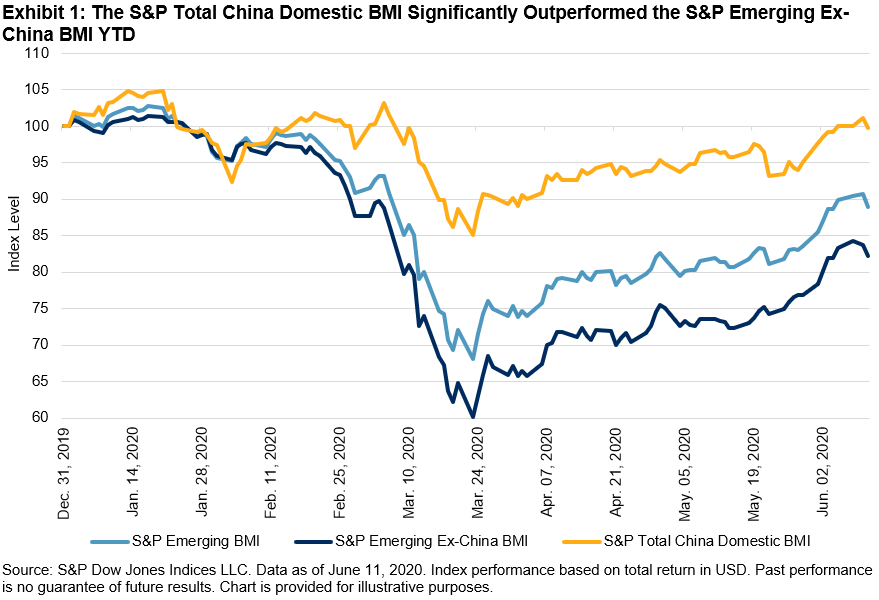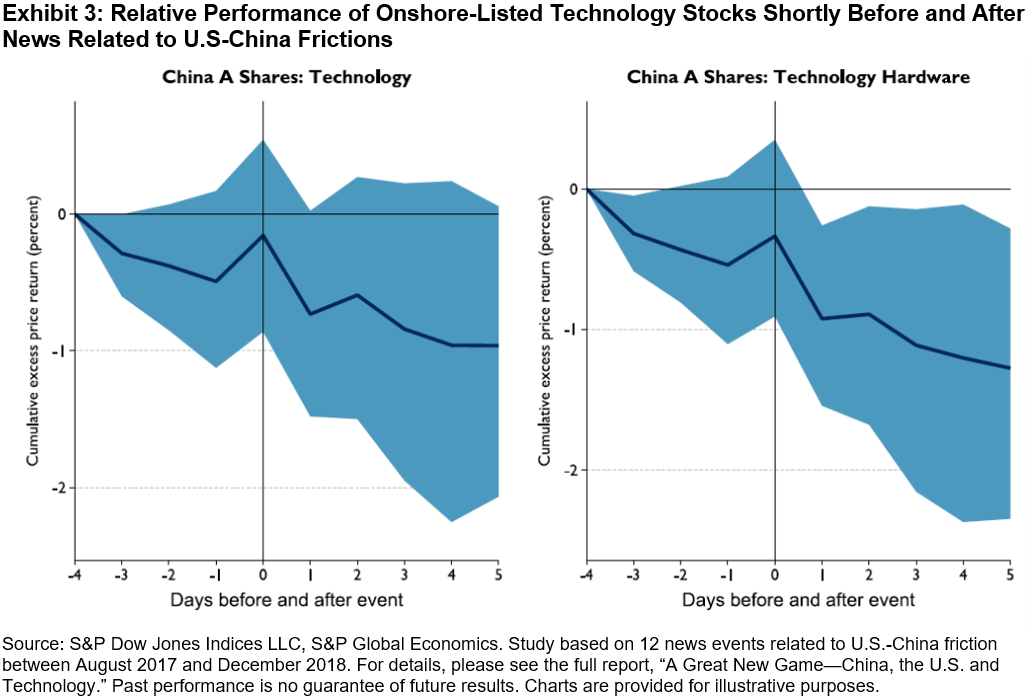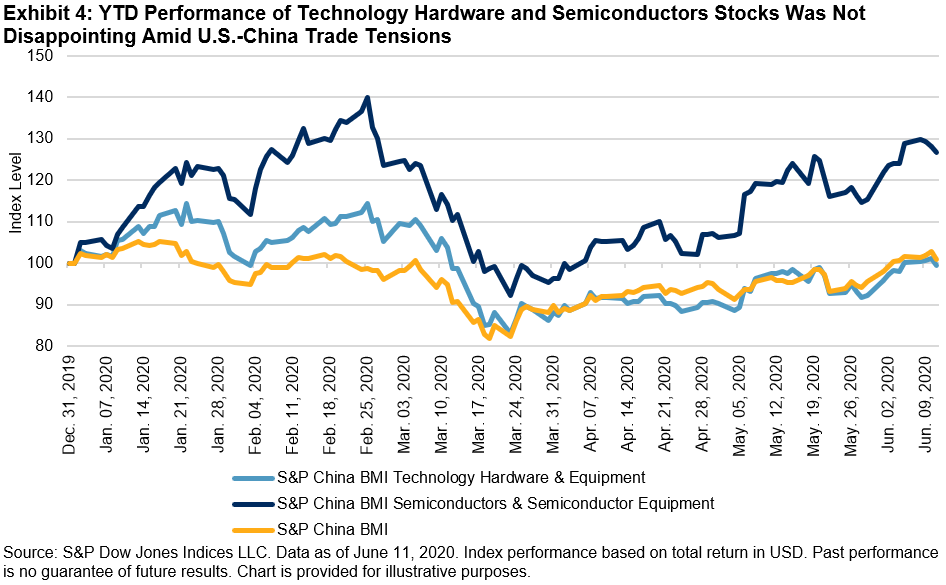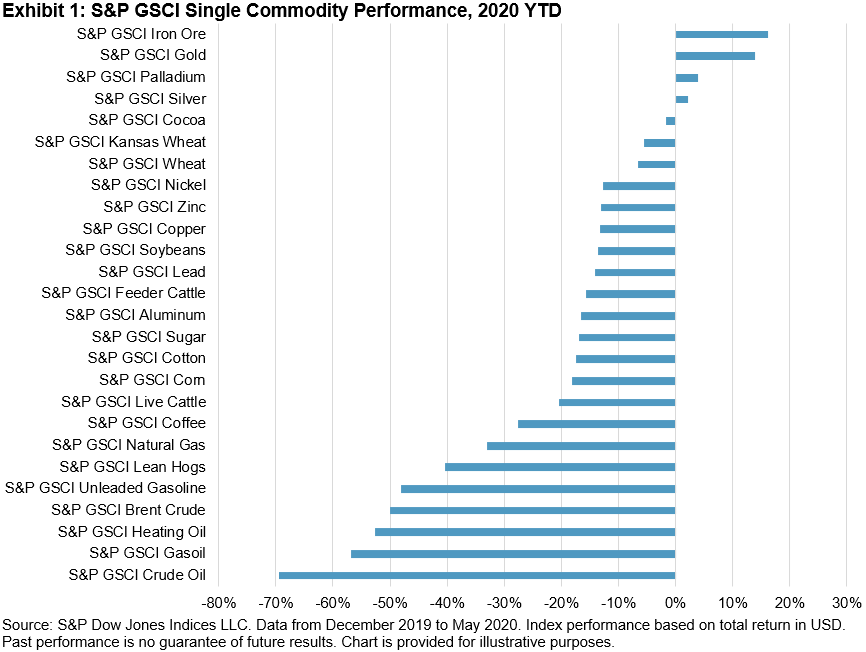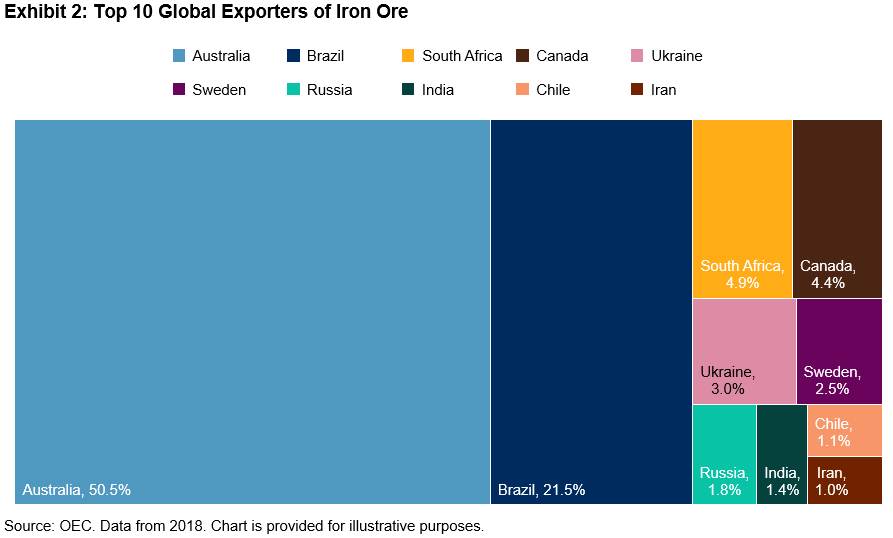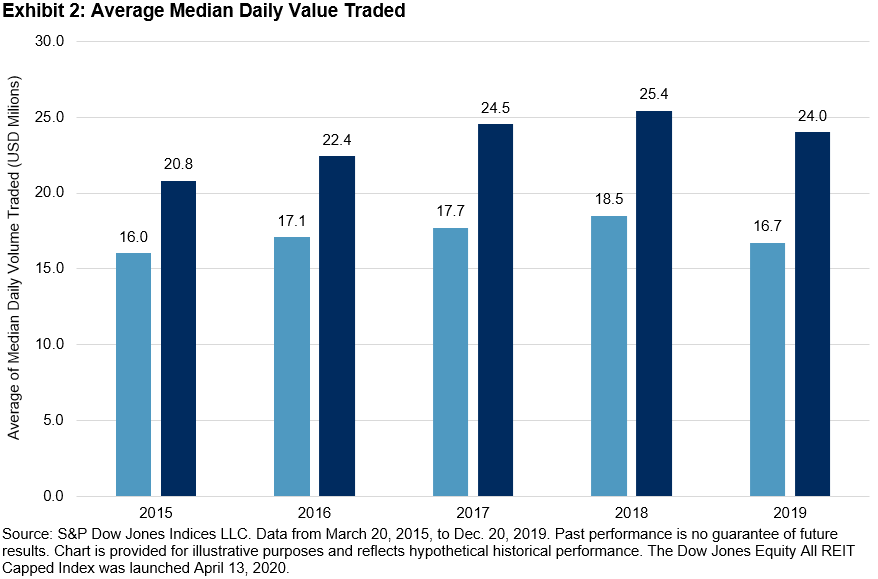We recently held a webinar examining the relevance of the S&P 500 to India-based investors, the potential diversification benefits of incorporating U.S equity exposure to an existing allocation, as well as showing how difficult active managers have found it to beat the index, historically. You can watch a replay of the webinar here; here are a few highlights.
Having a U.S. view is important for investors around the world.
As we have highlighted before, having a U.S. view is vital in a global equity portfolio context. U.S. companies account for a significant proportion of the global equity market capitalization, therefore trends impacting these companies will be relatively important in driving global equity returns. For example, the total market capitalization of S&P 500 companies is many multiples larger than other country components of the S&P Global BMI, our global equity benchmark.
Combined with the fact that the S&P 500 accounts for over 80% of the U.S. market, it is perhaps unsurprising that so many people turn to the index to gauge U.S. market performance. Indeed, our latest Survey of Indexed Assets shows that over USD 11.2 trillion was indexed or benchmarked to the S&P 500 at the end of 2019.
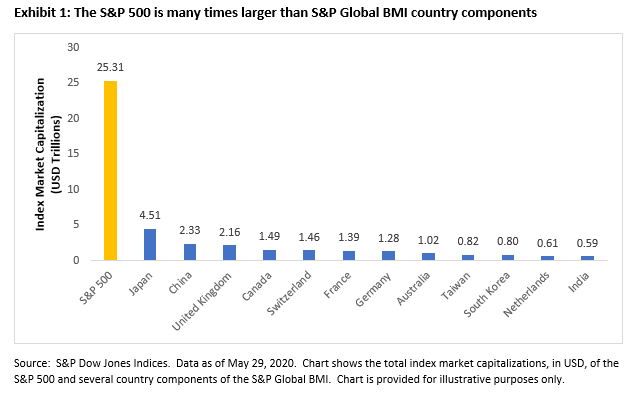
The S&P 500 can help to diversify domestic sector biases.
For exposure to certain sectors, Indian investors may find it beneficial to turn to the U.S. – S&P 500 companies accounted for most of index market capitalization in the S&P Global BMI Information Technology, Health Care and Communication Services sectors at the end of May. Such sizeable representation helps to explain why the S&P 500 has higher weights in these market segments compared to the Indian equity market, as represented by the S&P BSE 500 index. More broadly, differences in sector breakdowns in the two indices illustrate how the S&P 500 can help to diversify the Indian equity market’s sector biases.
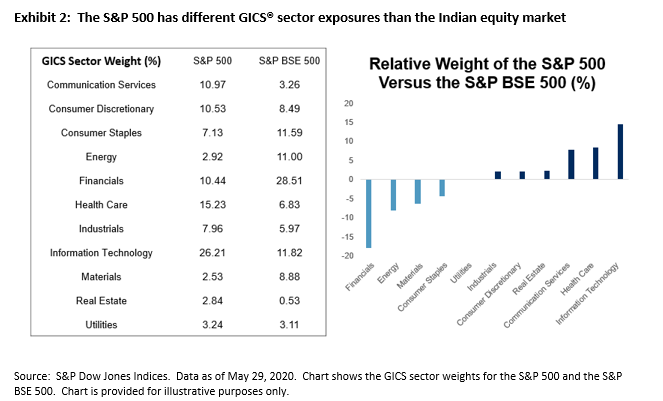
Active managers have struggled to beat the S&P 500, historically.
An important choice for investors is whether to take an index-based approach or to employ an active manager to try and outperform the market. While this debate seems to be evergreen – there are ardent supporters on both sides – S&P Dow Jones Indices publishes semi-annual SPIVA® scorecards to inform the debate. In particular, SPIVA scorecards compare the performance of active managers against their S&P index benchmarks across multiple regions.
Exhibit 3 shows the majority of large-cap U.S. active managers typically underperformed the S&P 500 since 2001: the majority of funds underperformed in 16 of the last 19 calendar year periods. Given this underperformance is frequently observed on a risk-adjusted basis and the start of 2020 offered active managers no place to hide, many may wish to consider the potential benefits of taking an index-based approach.
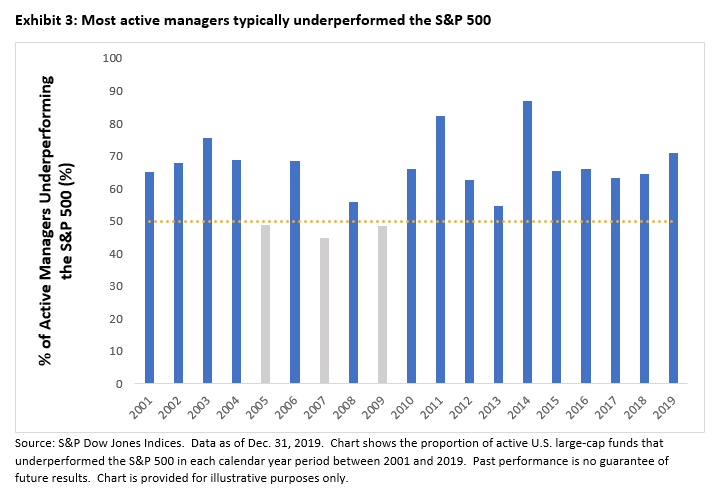
To sign up for S&P Dow Jones Indices’ scorecards and market commentary, use this link.
The posts on this blog are opinions, not advice. Please read our Disclaimers.










































